Rising Popularity of Aromatherapy
The growing popularity of aromatherapy is emerging as a significant driver for the Tea Tree Oil Market. As more individuals seek holistic approaches to health and wellness, the use of essential oils, including tea tree oil, in aromatherapy practices is on the rise. The aromatherapy market is projected to grow substantially, with estimates suggesting it could reach 2 billion USD by 2025. Tea tree oil, known for its calming and purifying properties, is often used in diffusers and massage oils, appealing to consumers looking for natural stress relief solutions. This trend indicates a shift towards integrating natural oils into daily wellness routines, thereby fostering growth within the Tea Tree Oil Market.
Emergence of Eco-Friendly Products
The increasing consumer preference for eco-friendly and sustainable products is a notable driver in the Tea Tree Oil Market. As environmental concerns gain prominence, consumers are more inclined to choose products that are sustainably sourced and packaged. This shift is reflected in the growing market for organic and natural products, which is expected to surpass 300 billion USD by 2025. Tea tree oil, often marketed as a natural and eco-friendly alternative, aligns well with this trend. Companies that prioritize sustainable practices in sourcing and production are likely to attract environmentally conscious consumers, thereby enhancing their market share in the Tea Tree Oil Market.
Expansion of Distribution Channels
The expansion of distribution channels, particularly through e-commerce platforms, is a crucial driver for the Tea Tree Oil Market. The convenience of online shopping has transformed consumer purchasing behaviors, allowing for greater accessibility to tea tree oil products. E-commerce sales in the beauty and personal care sector are projected to grow significantly, with estimates indicating a potential increase of over 20% in the coming years. This trend suggests that consumers are increasingly turning to online platforms for their tea tree oil needs, which may lead to a broader market reach for manufacturers. As more brands establish their online presence, the Tea Tree Oil Market is likely to experience enhanced growth opportunities.
Increasing Awareness of Health Benefits
The rising awareness of the health benefits associated with tea tree oil is a pivotal driver in the Tea Tree Oil Market. Consumers are increasingly informed about the antimicrobial, antifungal, and anti-inflammatory properties of tea tree oil, which are supported by various studies. This heightened awareness is leading to a surge in demand for tea tree oil products, particularly in the personal care and wellness sectors. The market for tea tree oil is projected to grow at a compound annual growth rate of approximately 8% over the next few years, indicating a robust interest in natural remedies. As consumers seek alternatives to synthetic ingredients, the appeal of tea tree oil as a natural solution continues to expand, thereby propelling the growth of the Tea Tree Oil Market.
Growth in Personal Care and Cosmetic Applications
The expansion of the personal care and cosmetic sectors significantly influences the Tea Tree Oil Market. Tea tree oil is increasingly incorporated into skincare, haircare, and cosmetic products due to its beneficial properties. The Tea Tree Oil Market alone is expected to reach over 200 billion USD by 2025, with a notable segment dedicated to natural and organic products. This trend suggests that tea tree oil, known for its effectiveness in treating acne and other skin conditions, is likely to see increased utilization. Furthermore, as consumers gravitate towards products that are free from harmful chemicals, the demand for tea tree oil-infused cosmetics is anticipated to rise, thereby enhancing the overall market landscape for the Tea Tree Oil Market.



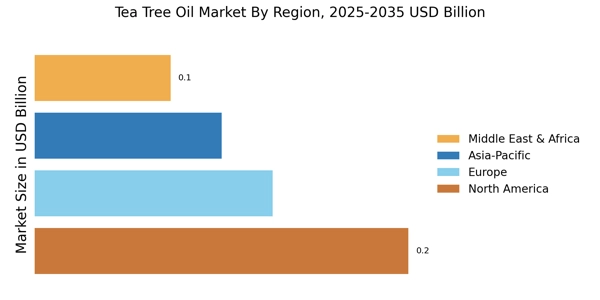

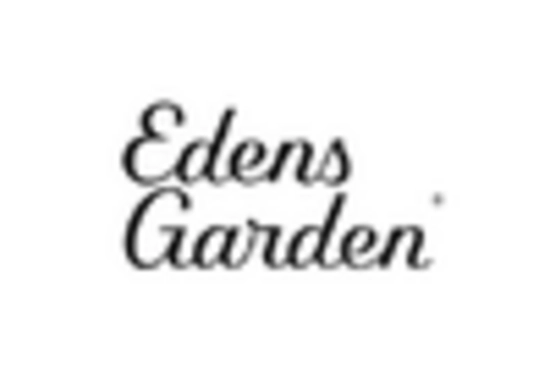

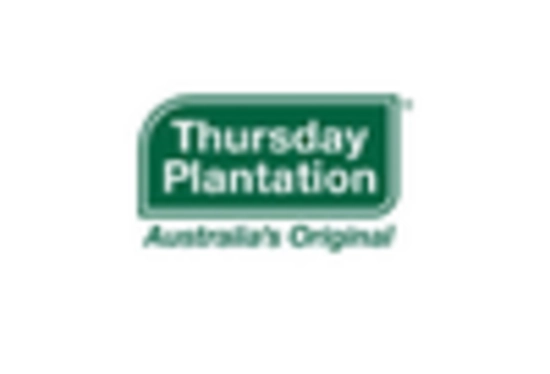
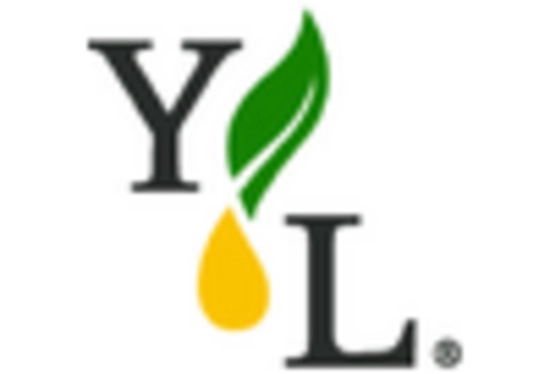
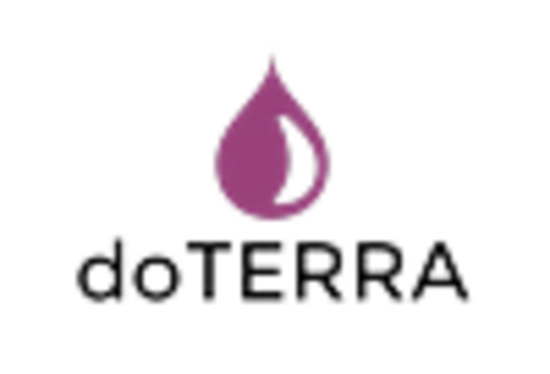








Leave a Comment